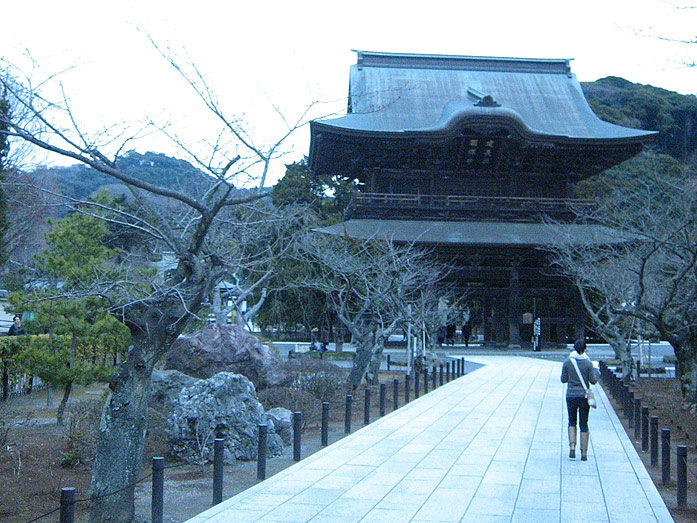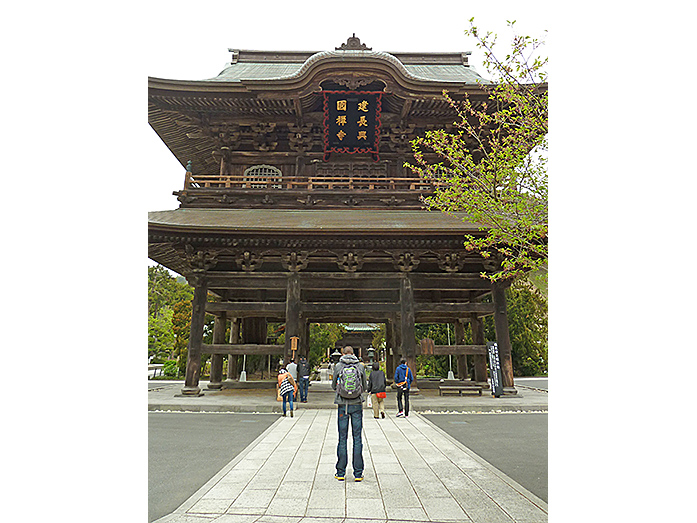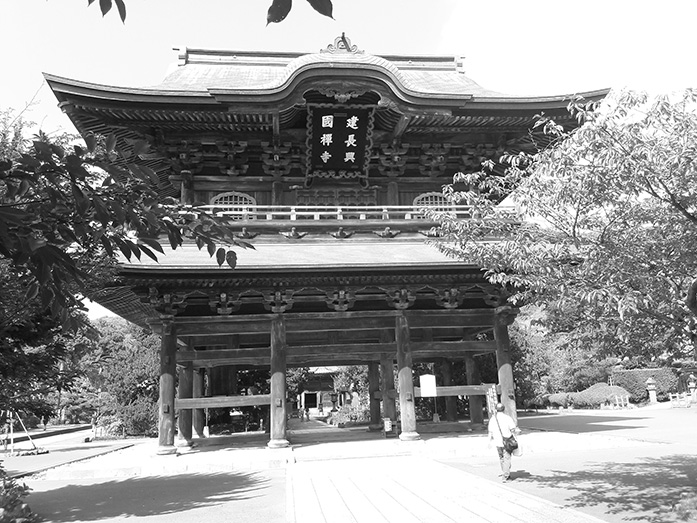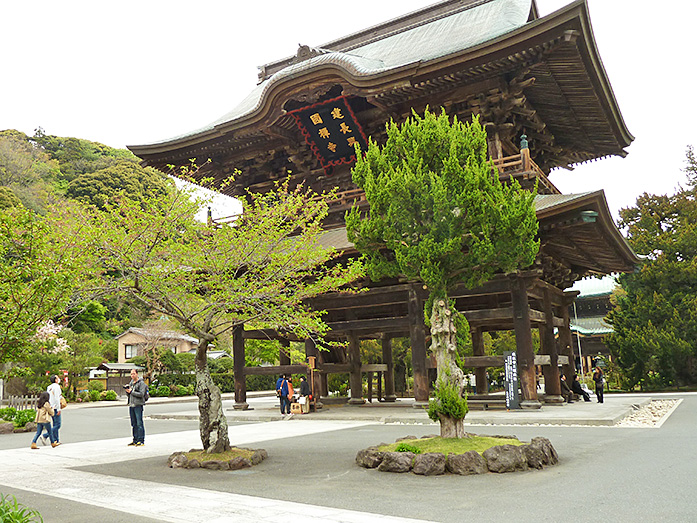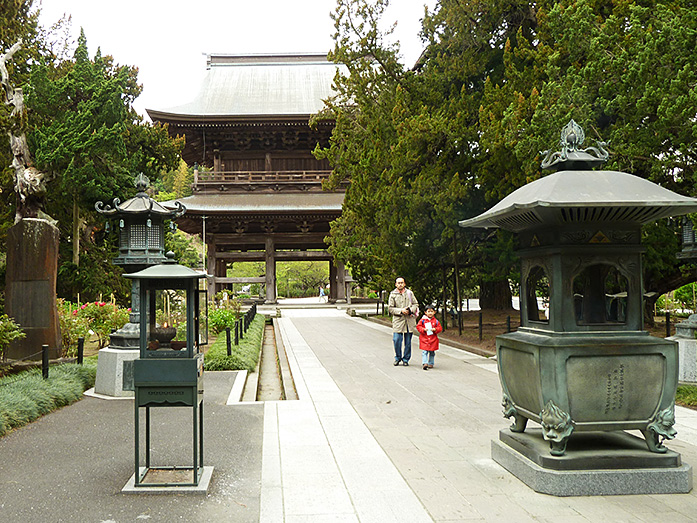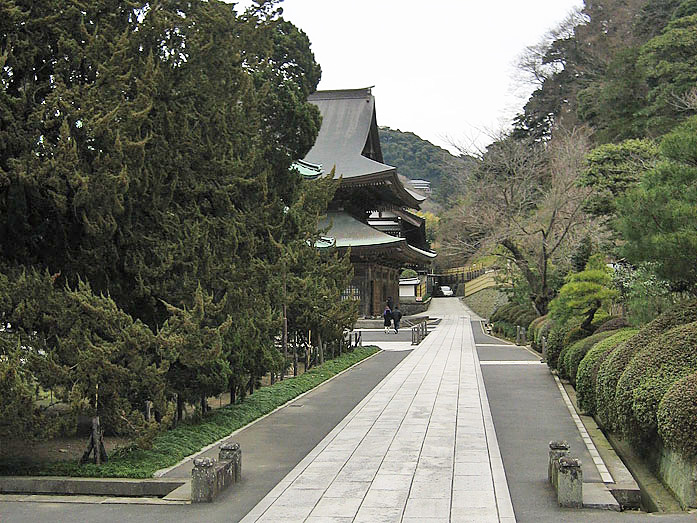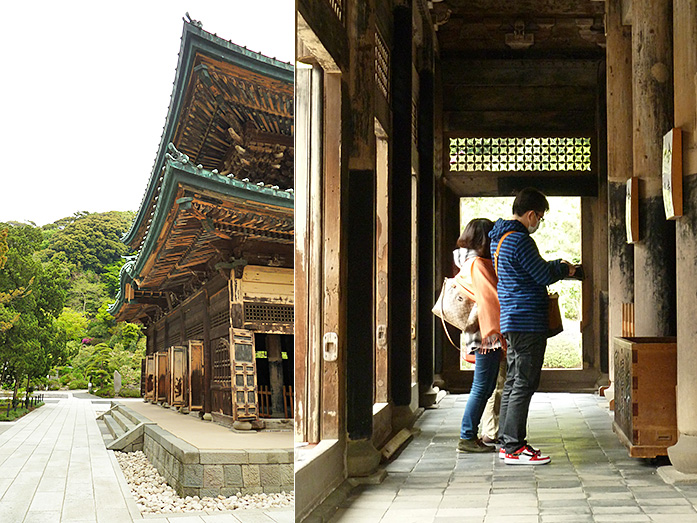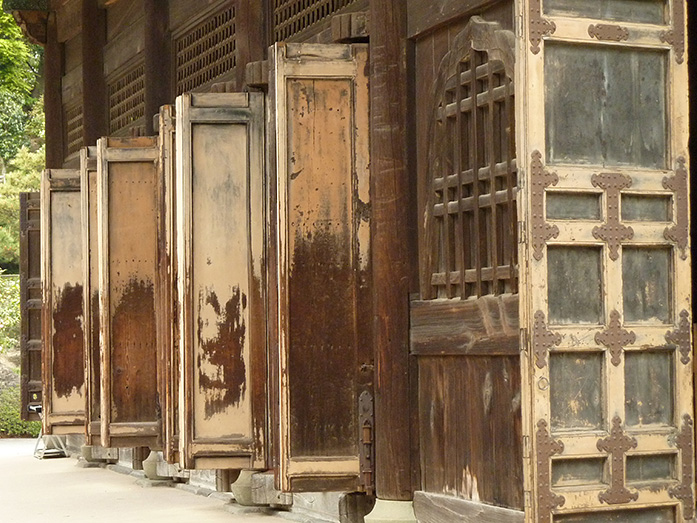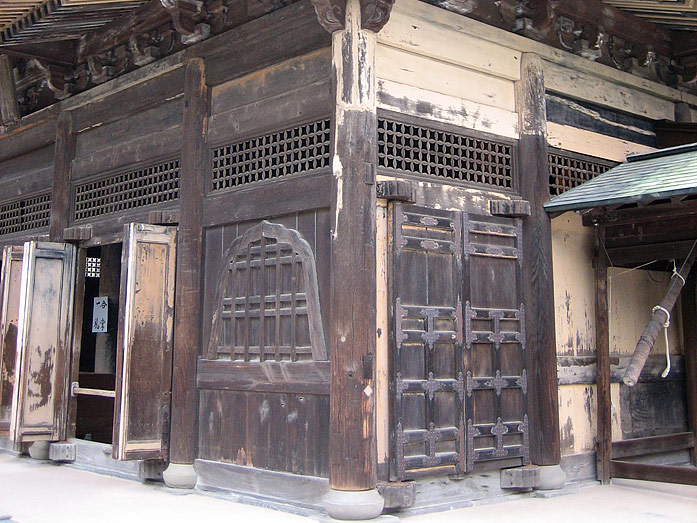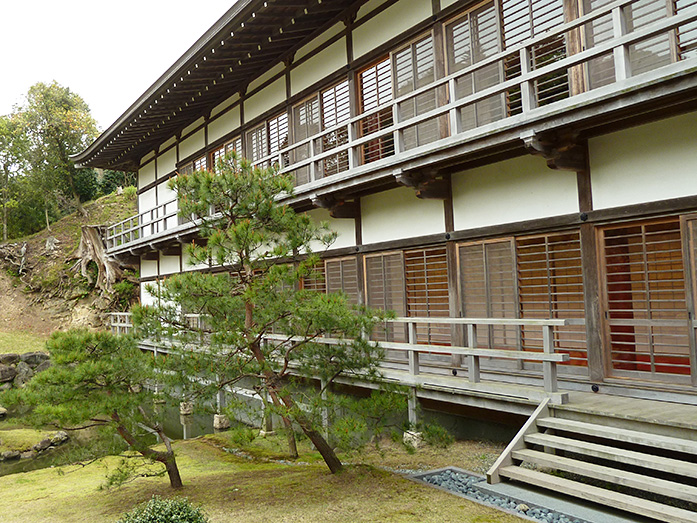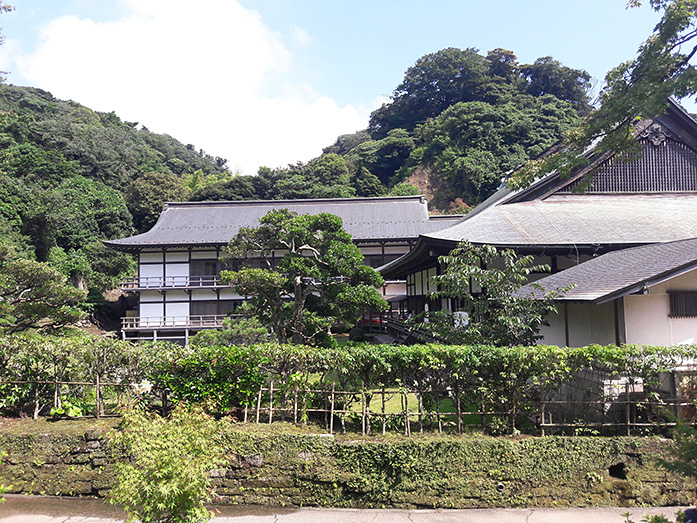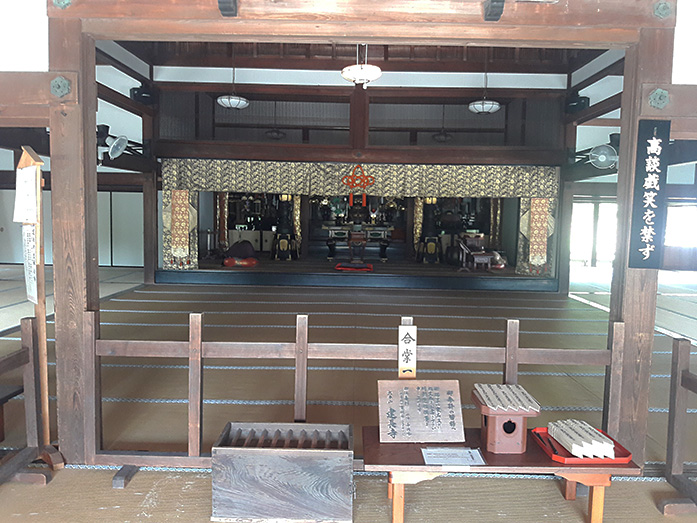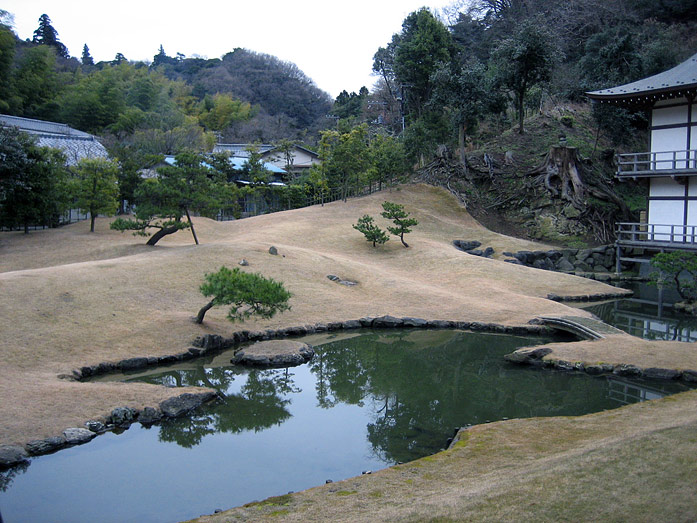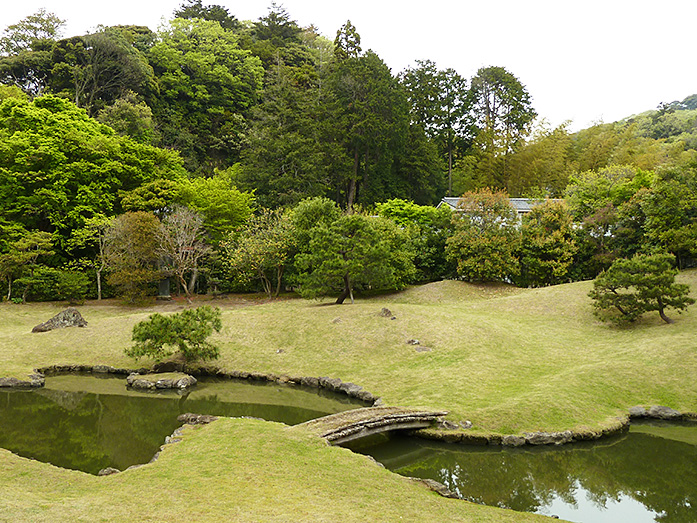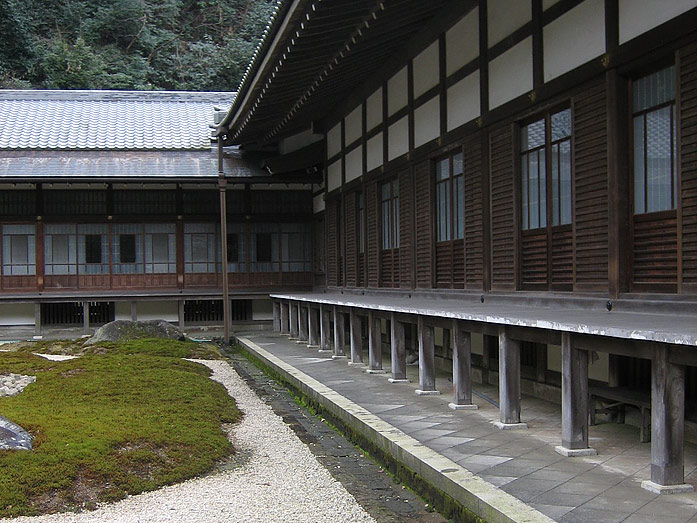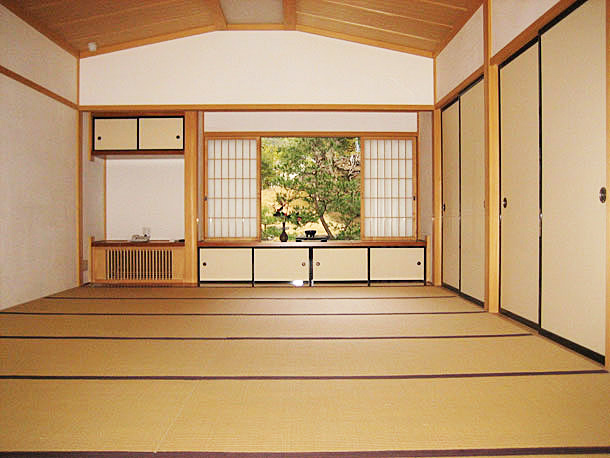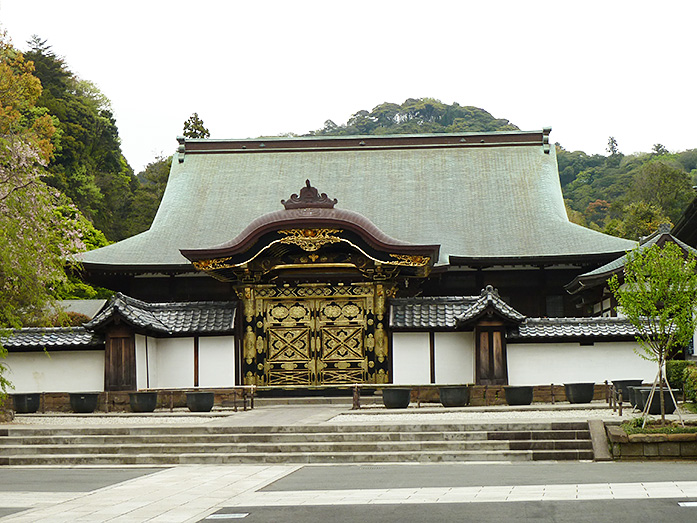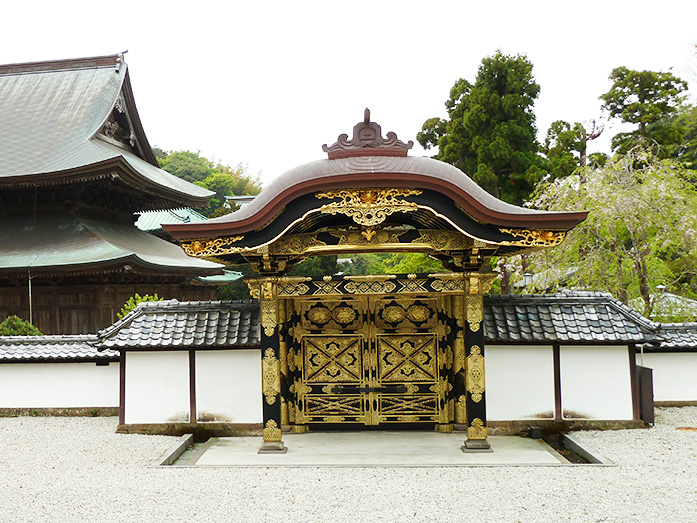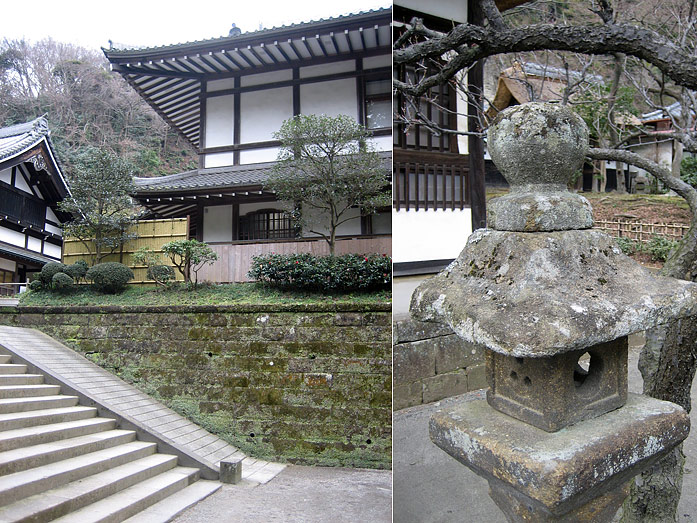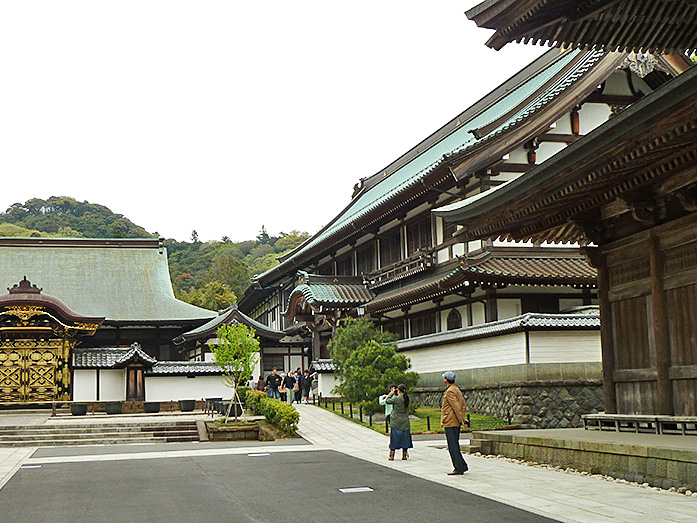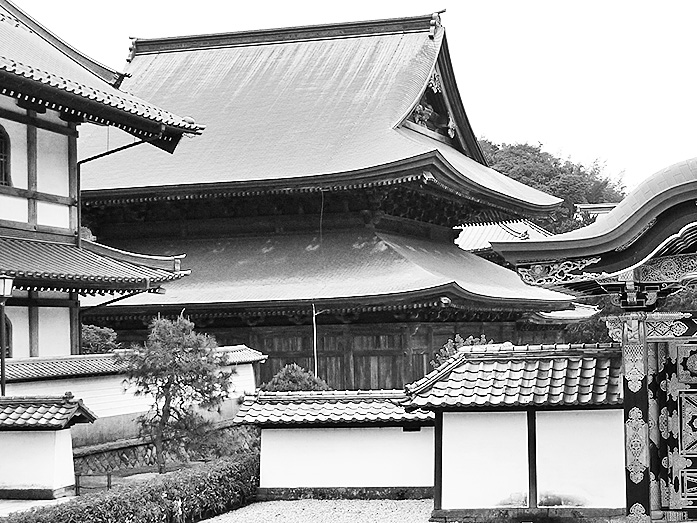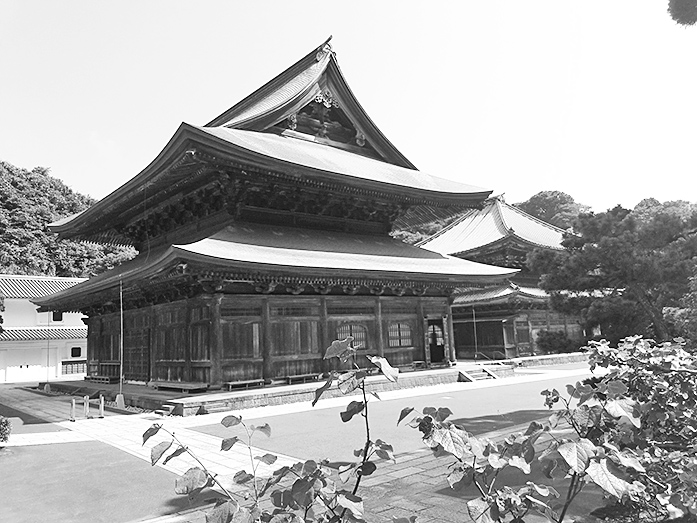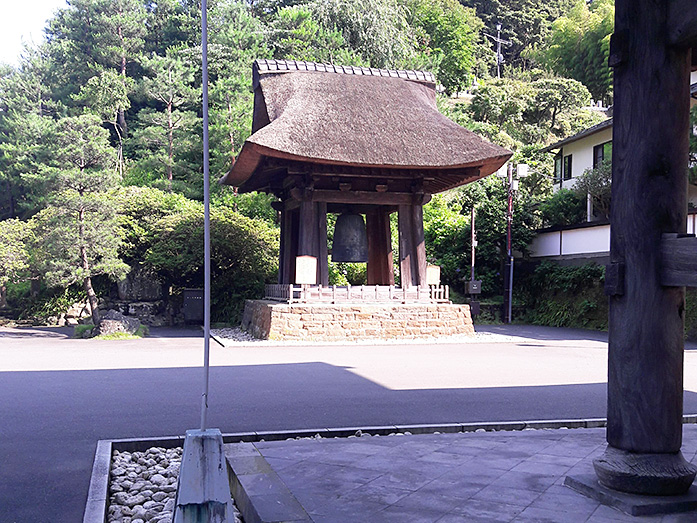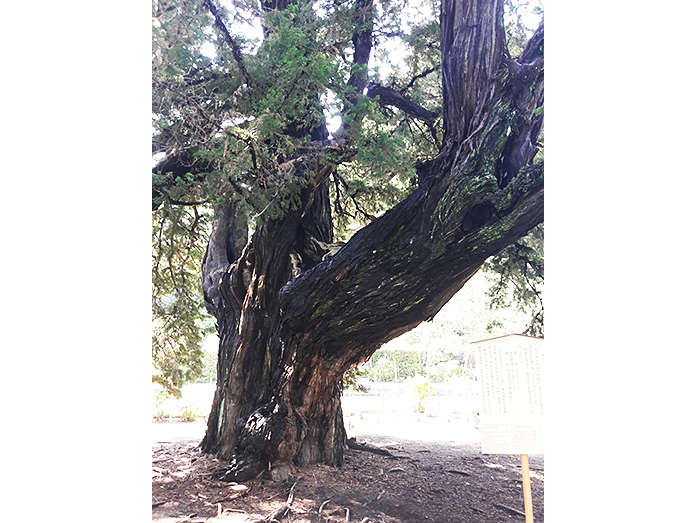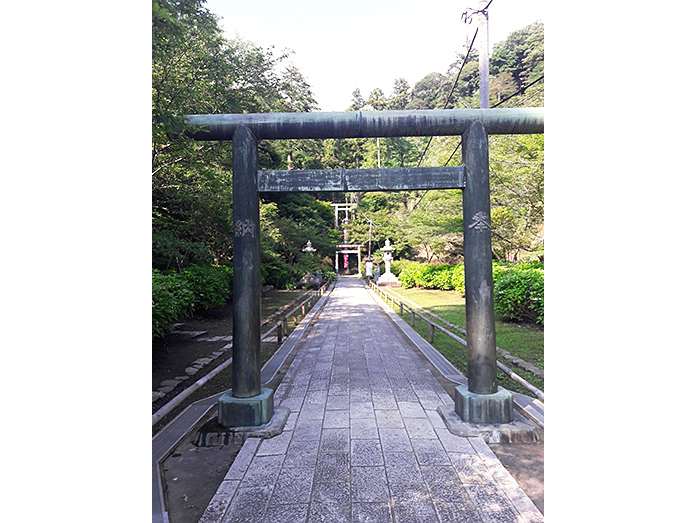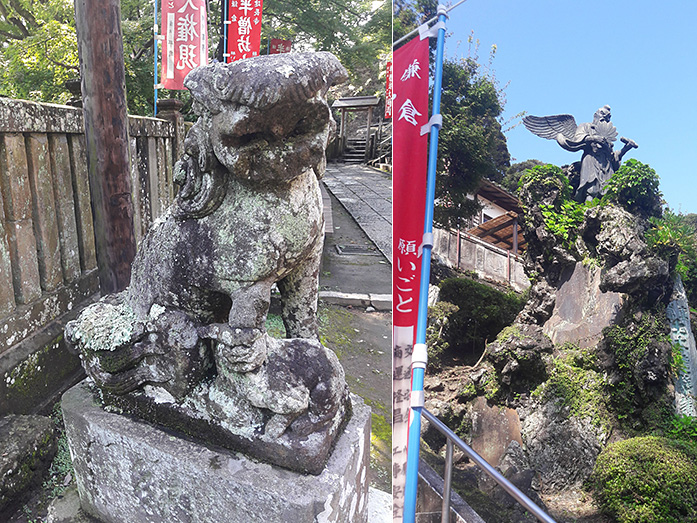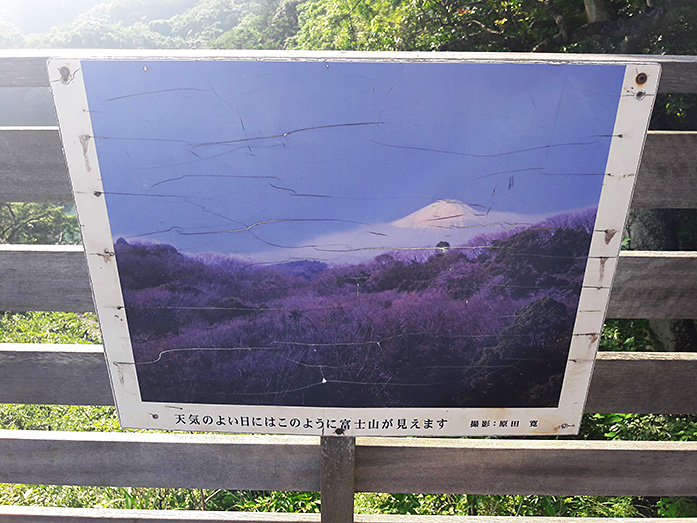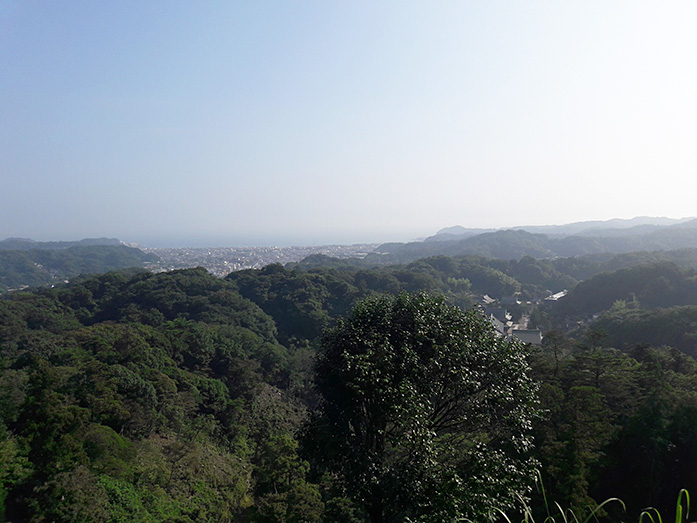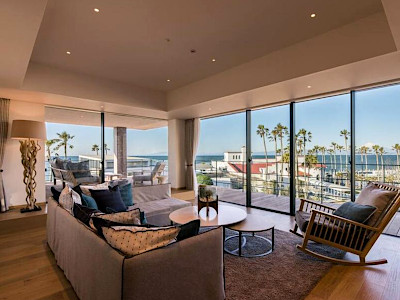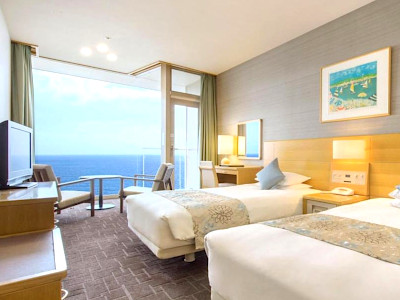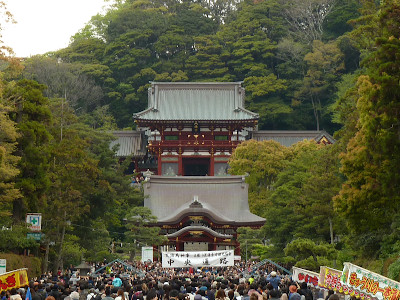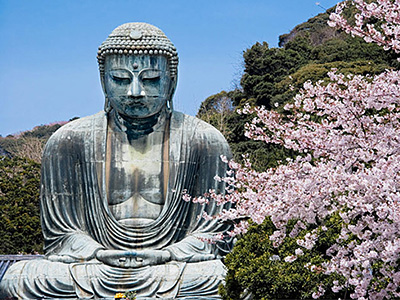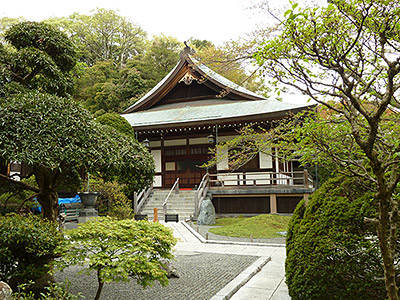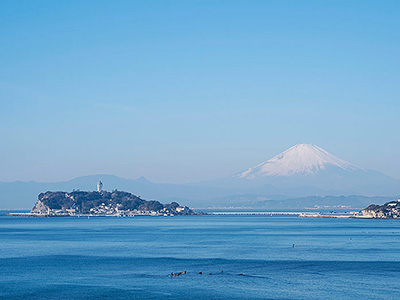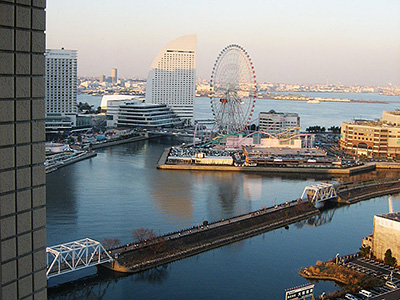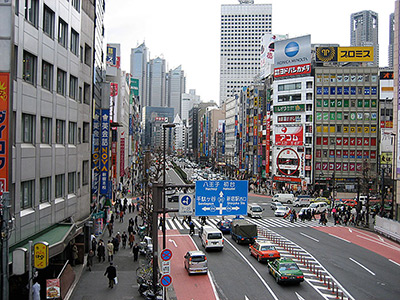Kenchoji Temple in Kamakura
This post can contain affiliate links, which means that we may receive a small commission if you make a purchase using these links.
Facts & Figures
Kenchoji is the oldest Zen Buddhist Temple in Kamakura and belongs to the Rinzai Sect. Kenchoji is part of the Five Great Zen Temples in Kamakura (Kamakura Gozan) and is ranked there at the top spot. It was the first Zen-only training monastery in the country. The temple ground covers an area of approx. 200000 square meters and you will find there 10 main buildings, 10 sub-temples and a Zen garden. My highlights were the Sanmon (Main Gate), Butsuden (Buddha Hall), Hatto (Dharma Hall), temple bell (Bonsho), Hojo (former residence of the priest) and the beautiful Zen garden behind the Hojo Hall. Nearly one million visitors coming to this temple every year.
- Kenchoji Temple:
- Opening Hours - daily from 8:30 am to 4:30 pm
- Closed - never
- Admission fee - 500 yen (Adults)
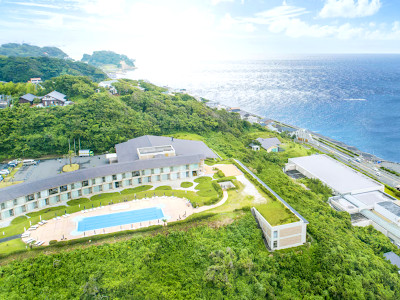 Best Places to Stay in Kamakura >
Best Places to Stay in Kamakura >
My tips for local activities
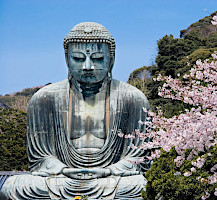
How about exploring the beautiful city of Kamakura and its historical places with a local guide? The personalized tour by our partner GetYourGuide can take between 4 - 6 hours. For more details check out this page >
History
In 1253 Kenchoji was founded by regent Tokiyori Hojo (1227 - 1263), a governor of the Sagami province. It was the time of the Kencho era (1249 - 1256) and the temple got its name from that period. Doryu Rankei (1213 - 1278) was appointed as the first head priest. The temple had in its heydays seven main buildings and 49 sub-temples. Most of the buildings were destroyed through earthquakes (1293), civil war and fires in 1315, 1414 and 1426. Some of them were later rebuilt or relocated from outside of Kamakura.
Location

Kenchoji is located in Kamakura within the Kanagawa Prefecture.
Address: 8 Yamanouchi, Kamakura, Kanagawa Prefecture 247-0062, Japan
How to get to Kenchoji Temple?
- 15min from Kita-Kamakura Station (served by JR Yokosuka Line) or
- 15min from Tsurugaoka Hachimangu Shrine
Sightseeing spots at Kenchoji temple grounds
Top:
Sanmon (Main Gate) - This huge gate (also called Tanuki Sanmon) was constructed in 1754 by the chief priest Bansetsu. This project was only possible with the support and donations of the people from the Kanto region.
Somon (General Gate) - The famous gate was originally located at the Hanju Sanmai-in Temple in Kyoto. It used to be the storage place for the Imperial family tablets.
Temple Bell (Bonsho) - The bell was cast in 1255 and it has the status of a National treasure designated by the government of Japan.
Butsuden (Buddha Hall) - The building is an Important Cultural property and was relocated in 1647 from the Zojo-ji Temple in Tokyo. Inside the hall you will find the Jizo Bodhisattva statue.
Karamon (Chinese Gate) - The gate is an Important Cultural property and was also originally part of the Zojo-ji Temple in Tokyo. It was relocated in 1647.
Hatto (Dharma Hall) - It is the largest wooden temple structure in eastern Japan and was reconstructed in 1814. Hatto is known for a dragon painting on its ceiling with the name Unryu-zu. It was created to celebrate the 750th anniversary of the temple. You will find there also a Kannon statue. Most events and public ceremonies are held at this place.
Hojo - This is the main hall of the Kenchoji temple complex. Hojo, also known as Ryuo-den (Dragon King Hall) was originally located at the Hanju Sanmai-in Temple in Kyoto. In the past it was the living quarter of the abbot (head priest). Within the hall is the Shaka Nyorai (Shakyamuni Buddha) image enshrined.
Zen Garden - The beautiful garden was created by Zen master Muso Kokushi (1275-1351) and can be found right behind the Hojo. The pond with the name Sanpeki Ike is the centerpiece of this magnificent garden.
Hansobo - The Kenchoji guardian shrine can be reached after a 15min hiking tour. If you are lucky you can see from its observation deck Mt. Fuji in the far distance. The shrine was relocated in 1890 from the Hoko-ji Temple in Shizuoka.
2nd Observation deck - Just another 5min of hiking from Hansobo and you will reach the highest point of the Kenchoji temple complex with great views over Kamakura. My tip: Come here during autumn when the colorful maple leaves create a beautiful scenery.
Junipers - These trees dating back 750 years and were planted by the founder of the temple. He brought the seeds from China. They are now designated as National Treasures.
Monastery - Unfortunately the place with the Kaisando (Founder’s Hall), Zendo (Meditation Hall) and other administrative quarters is not open for the public. It is reserved for monks, which get an intense Zen meditation training there.
Festival & Events in Kamakura (dates can change without notice)
April
Kamakura Matsuri (from 2nd to 3rd Sunday)
The city and its history will be celebrated.
August
Bonbori Matsuri (7th to 9th)
Hundreds of lanterns can be found around Tsurugaoka Hachimangu Shrine.
Kamakura Hase no Akari (19th to 25th)
Eight temples and shrines (incl. Kotoku-in) will get illuminated at night.
September
Reitai Matsuri (between 14th and 16th)
This great festival with its most famous attraction the Japanese horseback archery is held at the Tsurugaoka Hachimangu Shrine.

